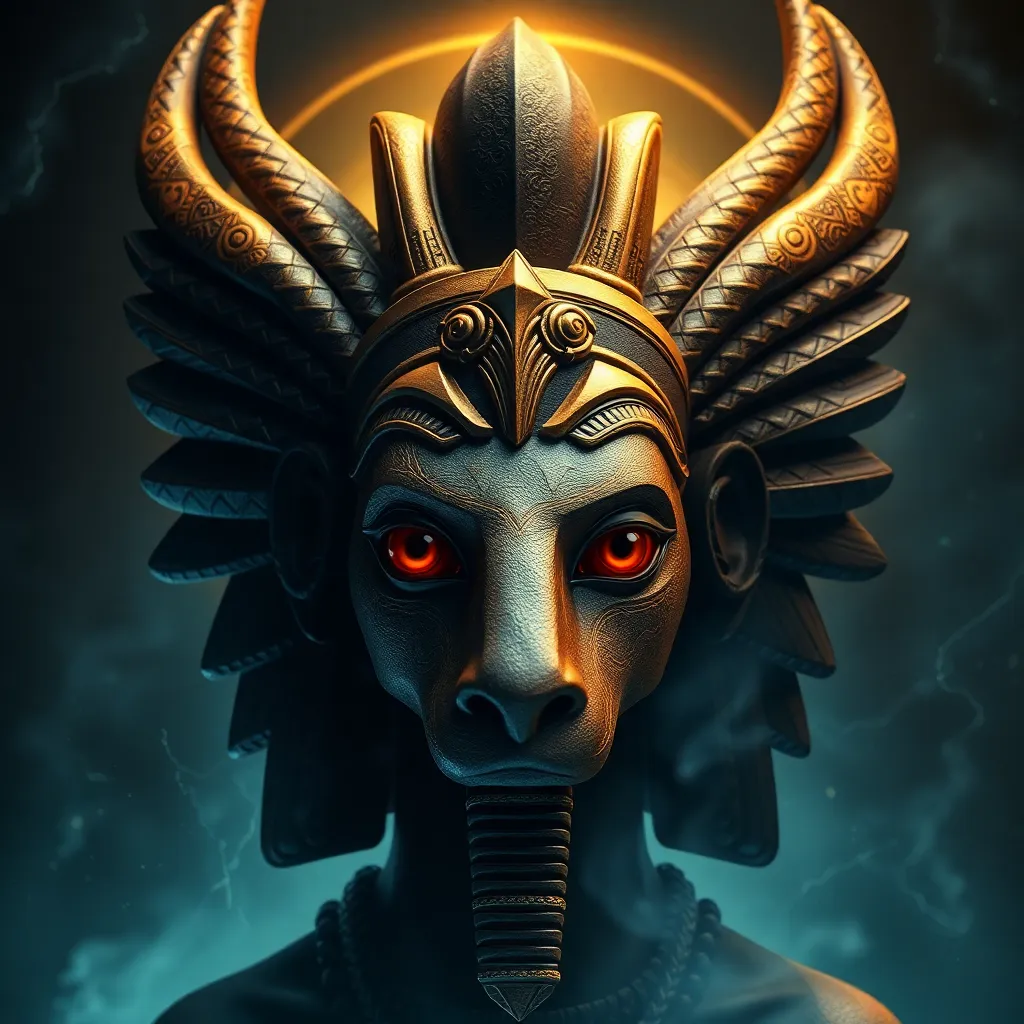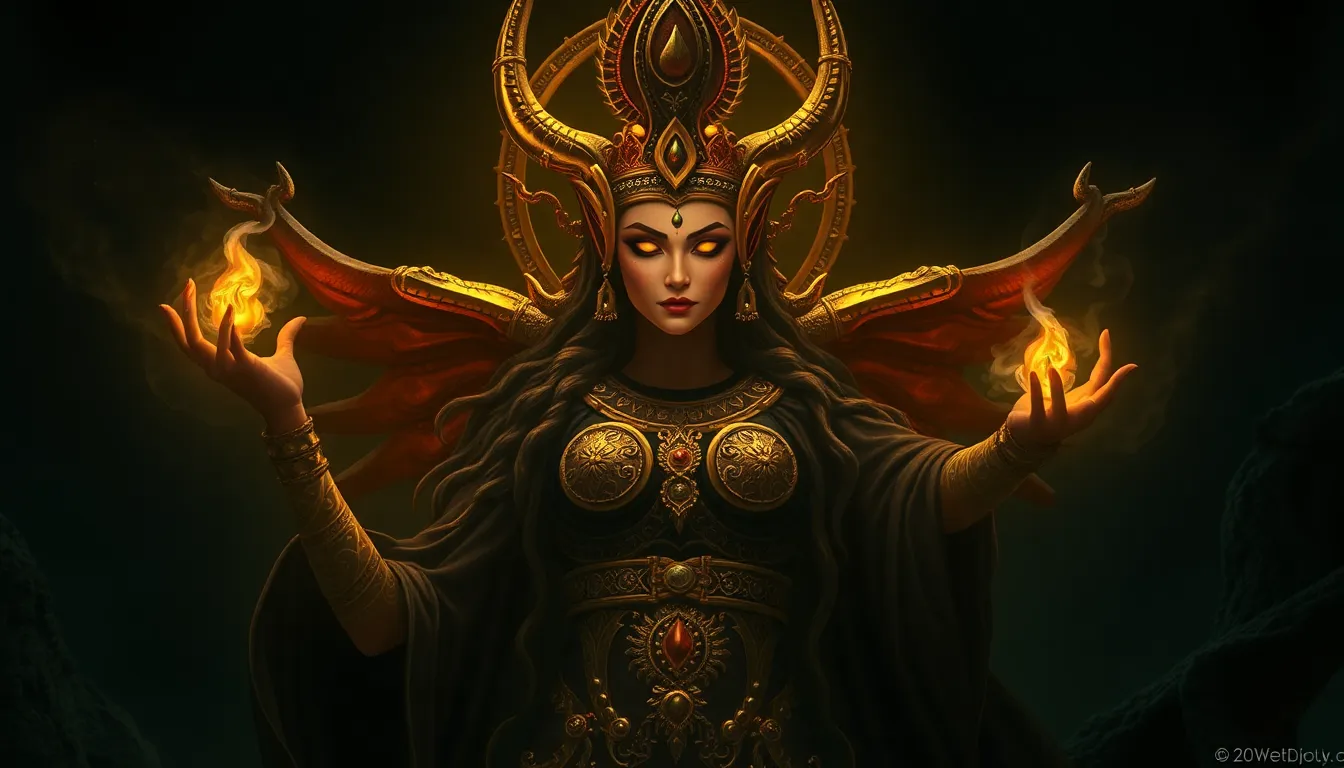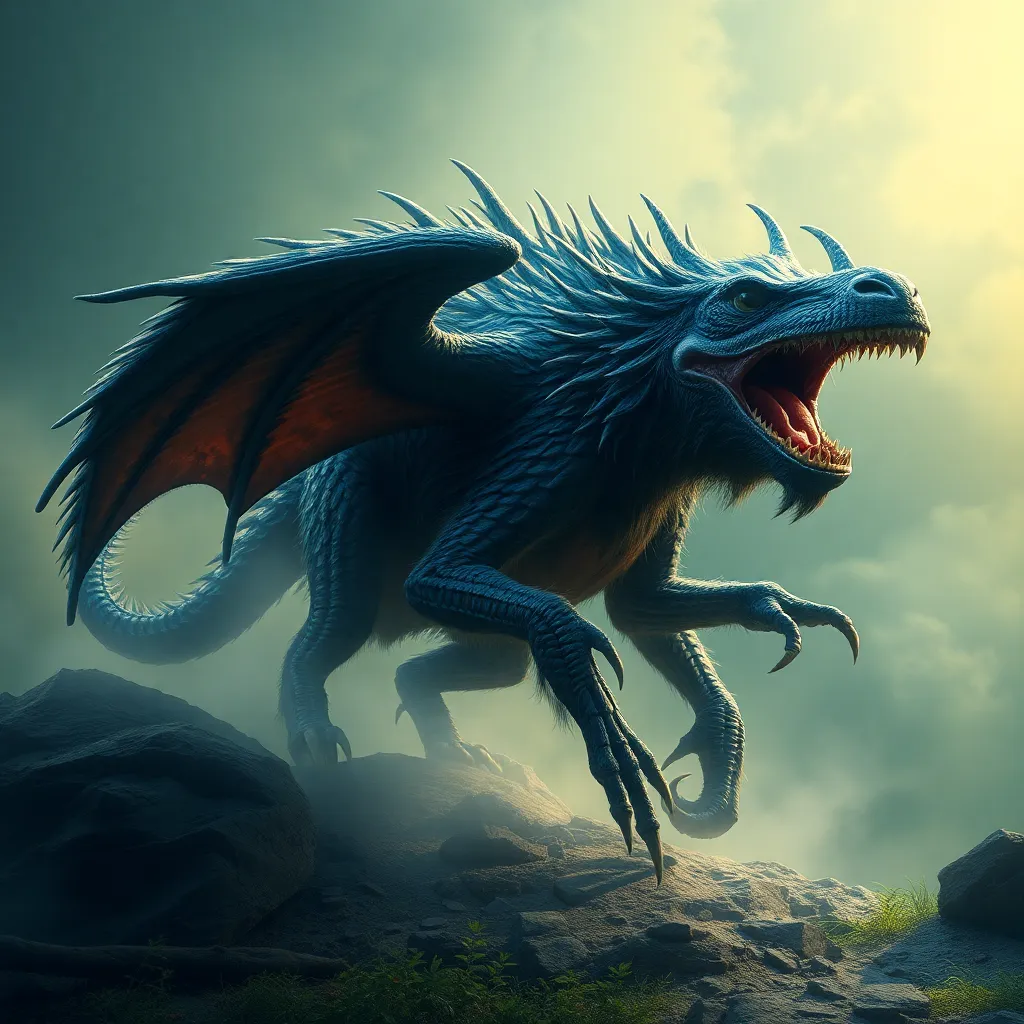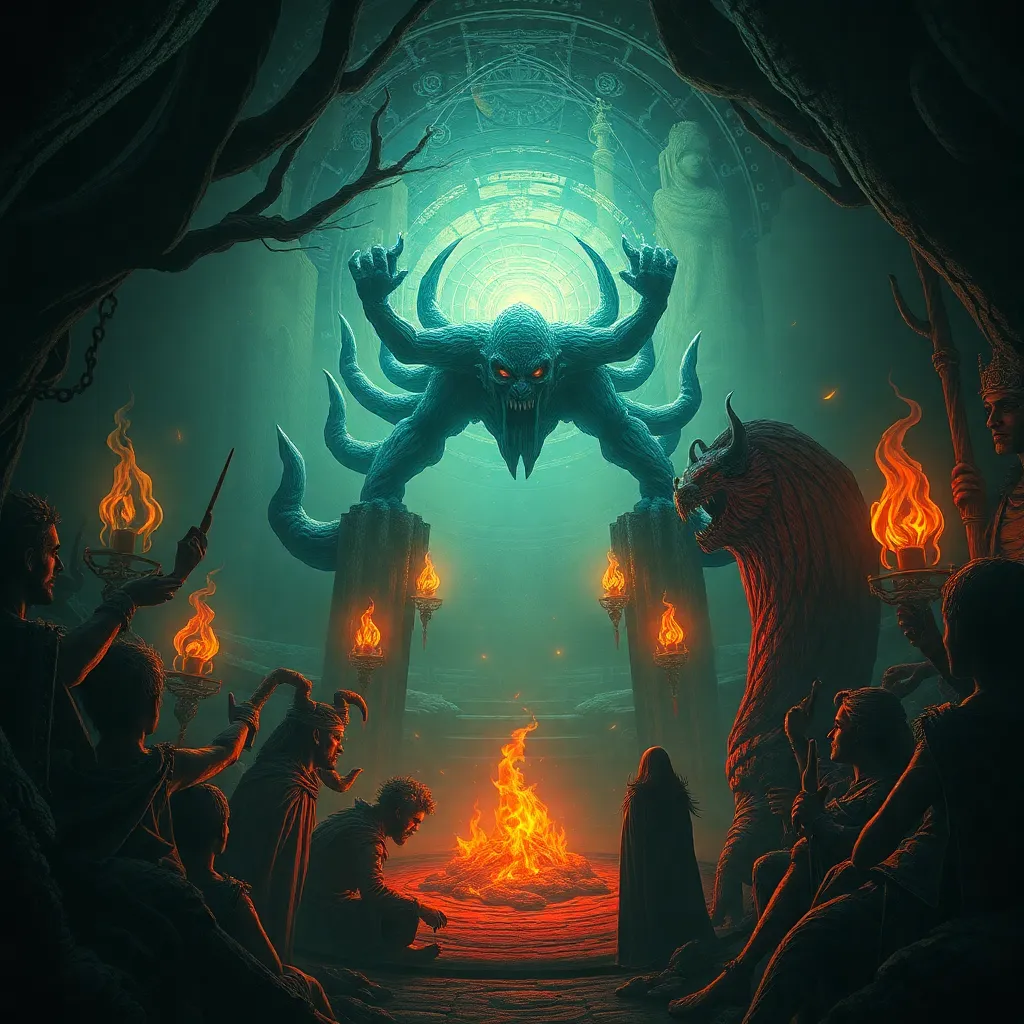The Legacy of Anubis: The God’s Influence on Modern Spirituality
I. Introduction
Anubis, the ancient Egyptian god of the dead, has long captured the imagination of people across cultures and eras. Often depicted as a man with the head of a jackal, Anubis holds a prominent position in the pantheon of Egyptian deities. His primary role revolves around guiding souls through the afterlife, ensuring that they reach their final resting place peacefully. In a world where death and the afterlife are often shrouded in mystery and fear, Anubis serves as a comforting and powerful figure.
This article explores the profound influence of Anubis on modern spiritual practices. By delving into his historical significance and contemporary relevance, we aim to uncover how this ancient deity continues to inspire and guide people in their spiritual journeys today.
II. Anubis: The Guardian of the Afterlife
A. Historical role of Anubis in funerary practices
Anubis was integral to ancient Egyptian funerary customs. As the protector of graves and the overseer of mummification, he was believed to ensure that the deceased were treated with respect and dignity. The ancient Egyptians held elaborate ceremonies to honor their dead, and Anubis was often depicted in tomb paintings and inscriptions, guiding the soul through the afterlife.
B. Symbolism of Anubis in ancient texts and artifacts
In ancient texts such as the “Book of the Dead,” Anubis is frequently mentioned as a pivotal character in the journey of the deceased. His presence symbolizes protection and guidance during the critical moment of judgment, where the heart of the deceased is weighed against the feather of Ma’at, the goddess of truth and justice. This act reflects the ancient Egyptians’ belief in moral accountability and the importance of leading a virtuous life.
C. The significance of the jackal in Anubis’s representation
The jackal, an animal often associated with death and the desert, serves as a powerful symbol in Anubis’s depiction. Jackals were known to scavenge cemeteries, thus linking them with the afterlife. Anubis’s jackal head represents vigilance and the ability to navigate the realm of the dead, underscoring his role as a guardian of souls.
III. Anubis in Contemporary Spirituality
A. Revival of ancient Egyptian beliefs in modern spiritual practices
In recent years, there has been a resurgence of interest in ancient Egyptian spirituality, with many modern practitioners drawing inspiration from the rich mythology surrounding Anubis. This revival is often seen in neo-paganism, Wicca, and other spiritual movements that incorporate elements of ancient beliefs into contemporary practices.
B. Anubis as a symbol of transition and transformation
Today, Anubis is often viewed not just as a god of death, but as a powerful symbol of transition and transformation. His association with the afterlife offers a framework for understanding change, whether it be the end of a chapter in life or the transformative process of personal growth. Many individuals resonate with Anubis’s energy when navigating significant life transitions.
C. The role of Anubis in modern rituals and ceremonies
- Rituals honoring ancestors and the deceased
- Meditation practices focusing on guidance and protection
- Ceremonies marking personal transformations or new beginnings
These modern interpretations of Anubis’s role in rituals highlight the continued relevance of this ancient deity in today’s spiritual landscape.
IV. Anubis in Popular Culture
A. Representation in literature, film, and art
Anubis has made numerous appearances in popular culture, from books and films to visual arts. His intriguing persona often captivates audiences, resulting in a blend of ancient mythology with contemporary storytelling. Notable examples include:
- Films such as “The Mummy” series, where Anubis is portrayed as a formidable force.
- Literary works that incorporate Egyptian mythology, exploring themes of death and the afterlife.
- Artistic interpretations that reflect Anubis’s symbolism and aesthetic.
B. The impact of pop culture on public perception of Anubis
The representation of Anubis in popular culture has contributed significantly to the public’s perception of him as a mysterious and powerful figure. While some portrayals may stray from the traditional interpretations, they open up discussions about the nature of death and the afterlife, fostering a renewed interest in ancient Egyptian beliefs.
C. Anubis as a figure of intrigue in modern storytelling
As a character in modern storytelling, Anubis serves a dual purpose: he intrigues audiences while also providing rich symbolism to explore themes of mortality, transition, and the unknown. His presence often invites deeper contemplation of the spiritual journey, making him a timeless figure in narratives that delve into the human experience.
V. Anubis and the Concept of Death
A. Changing perceptions of death and the afterlife in contemporary society
In contemporary society, the perception of death has evolved significantly. Many individuals grapple with the fear of the unknown and the finality of death. Anubis’s legacy offers a different perspective—viewing death as a transition rather than an end. This shift encourages a more holistic understanding of life and the afterlife.
B. How Anubis’s legacy shapes modern attitudes toward mortality
Anubis’s role as a guardian of the dead provides comfort and reassurance in the face of mortality. His legacy encourages individuals to embrace the inevitability of death and to seek meaning in their lives. By viewing Anubis as a guide, many find solace in the idea that death is a natural part of a larger spiritual journey.
C. Anubis as a guide for grief and healing
For those experiencing grief, Anubis represents a source of strength and guidance. His symbolism as a protector of souls can serve as a reminder that the departed are cared for in the afterlife. Many modern practitioners invoke Anubis in rituals aimed at healing and honoring loved ones who have passed, creating a sacred space for remembrance and connection.
VI. The Influence of Anubis on Modern Spiritual Practices
A. Incorporation of Anubis in neo-paganism and Wicca
Neo-paganism and Wicca often draw upon the rich tapestry of ancient mythologies, including that of Anubis. Practitioners may invoke Anubis in rituals focused on death, rebirth, and protection. His inclusion in these spiritual practices highlights the continuing relevance of ancient deities in contemporary spirituality.
B. Meditation and visualization practices involving Anubis
Many modern practitioners utilize meditation and visualization techniques that involve Anubis. These practices often focus on seeking guidance, protection, and transformation. Through visualization, individuals may imagine Anubis as a guiding figure, helping them navigate personal challenges and transitions.
C. The role of Anubis in personal empowerment and spiritual guidance
Anubis’s legacy empowers individuals on their spiritual journeys. By embodying the qualities of protection, guidance, and transformation, he serves as a source of inspiration for those seeking to deepen their spiritual practice and embrace the unknown. His influence encourages personal growth and self-discovery, making him a significant figure in modern spirituality.
VII. Comparative Analysis: Anubis and Other Deities
A. Similarities between Anubis and other death-related deities (e.g., Hades, Charon)
Anubis shares similarities with other deities associated with death and the afterlife, such as Hades in Greek mythology and Charon, the ferryman of the dead. All these figures serve as guides for souls navigating the afterlife, reflecting a universal theme in human spirituality regarding the journey after death.
B. Cross-cultural perspectives on death and the afterlife
Various cultures have developed unique perspectives on death and the afterlife, often featuring deities that embody similar roles to Anubis. This highlights a shared human concern with mortality and the desire to understand what lies beyond. By examining these cross-cultural perspectives, we can appreciate the diverse ways societies honor and make sense of death.
C. Anubis’s unique contributions to the understanding of the spiritual journey
Anubis’s distinct contributions lie in his dual role as a protector and guide. Unlike some deities who may be viewed with fear or reverence, Anubis’s approachable nature fosters a sense of comfort for those facing death or significant life transitions



